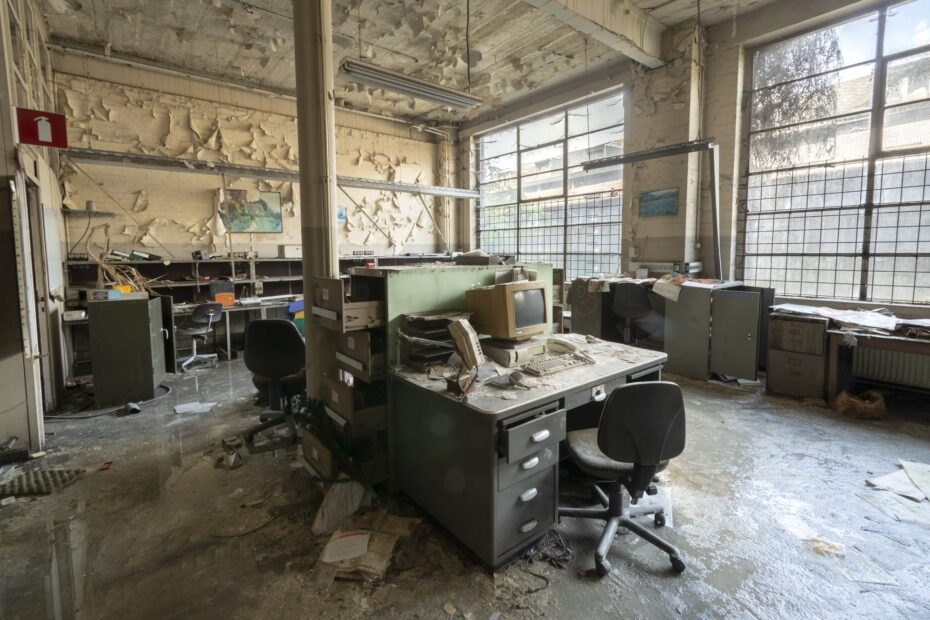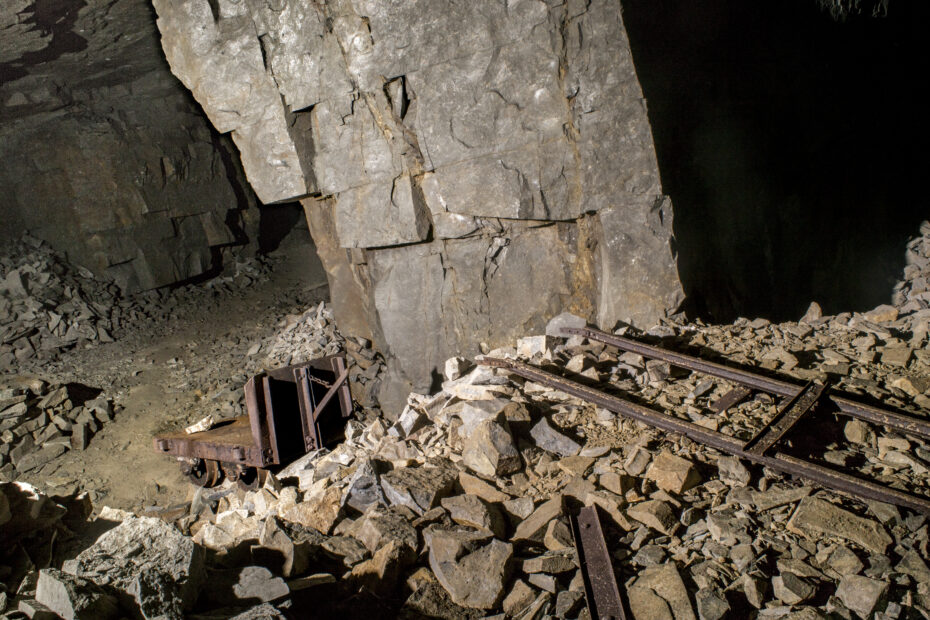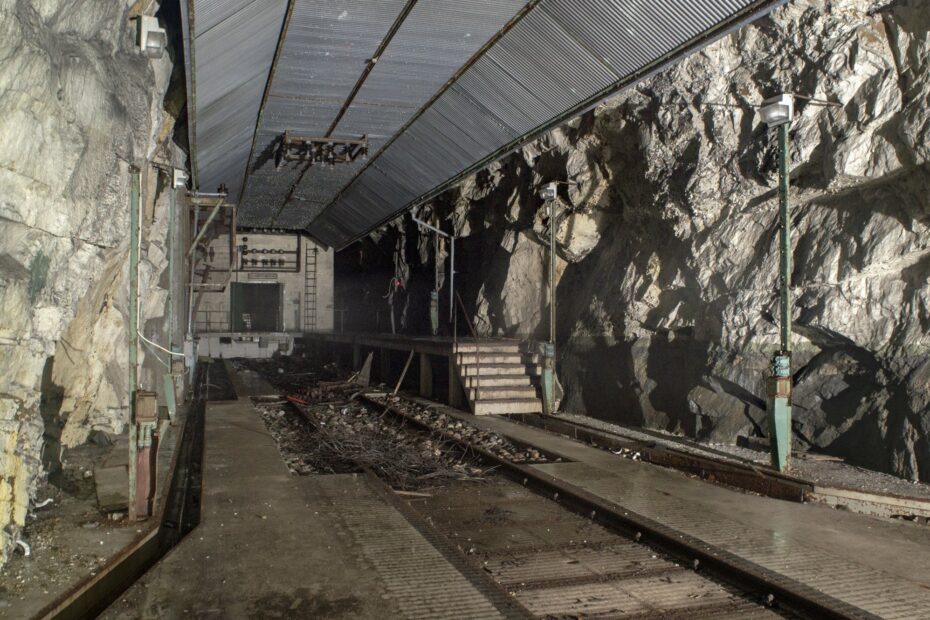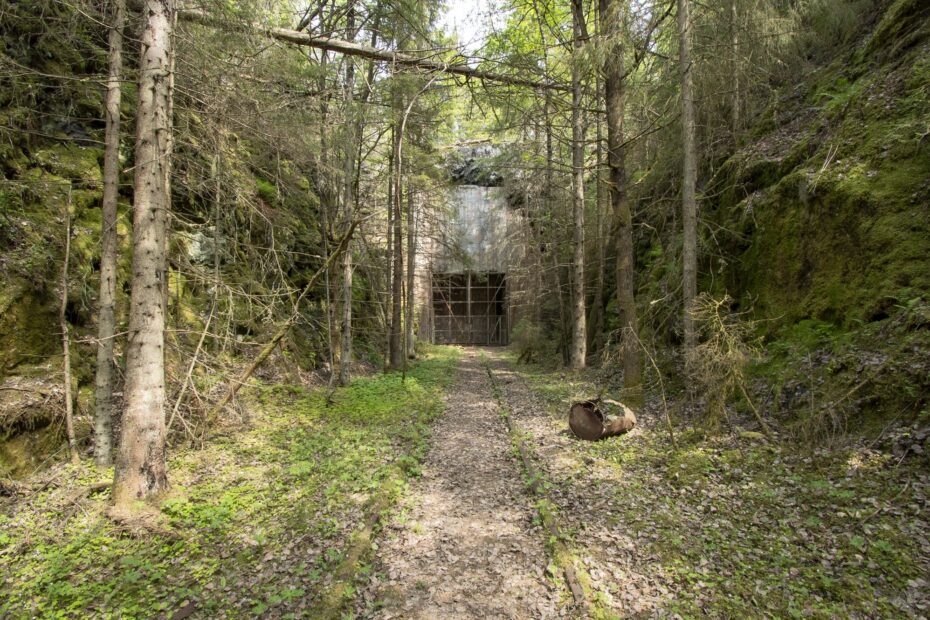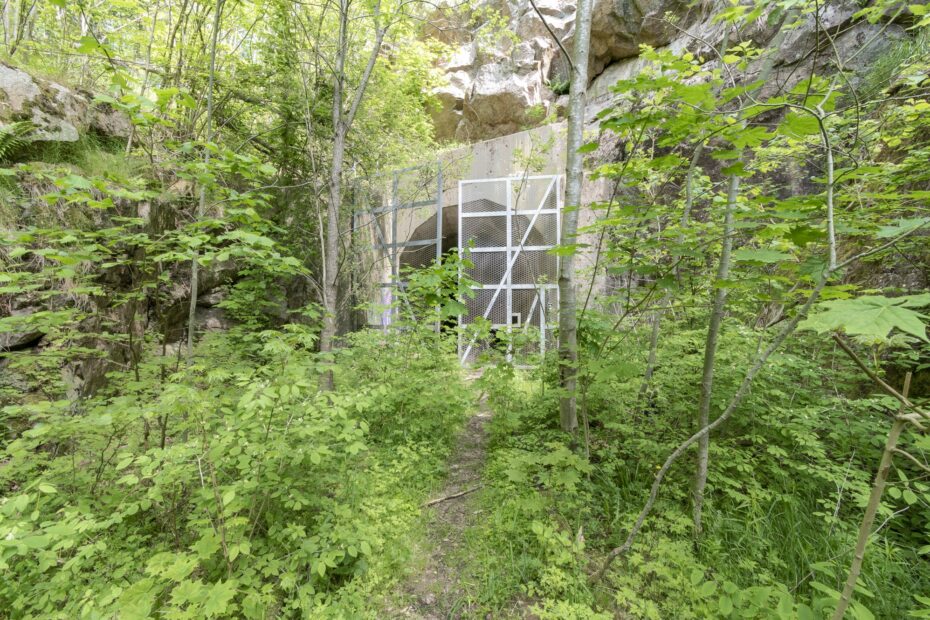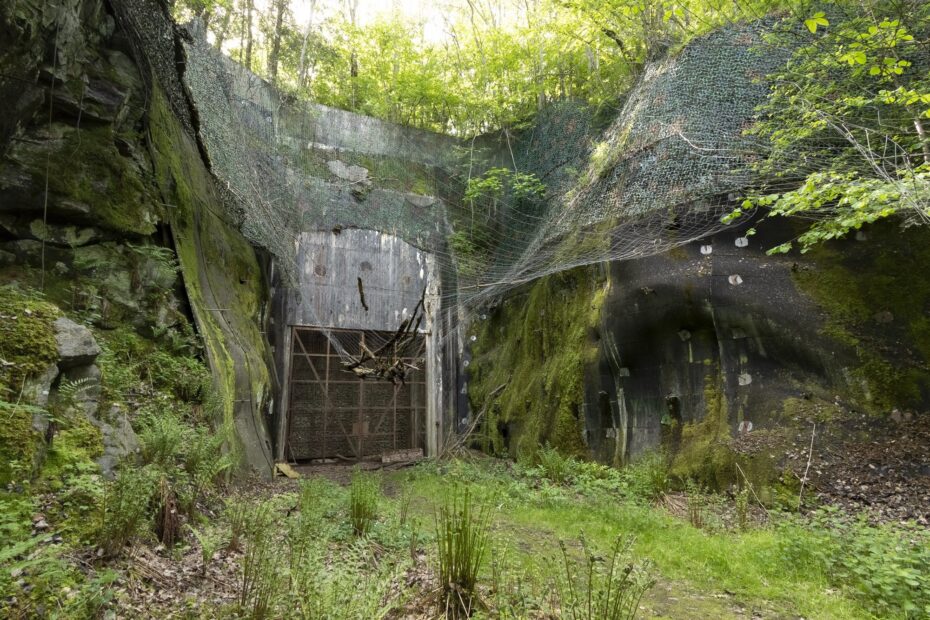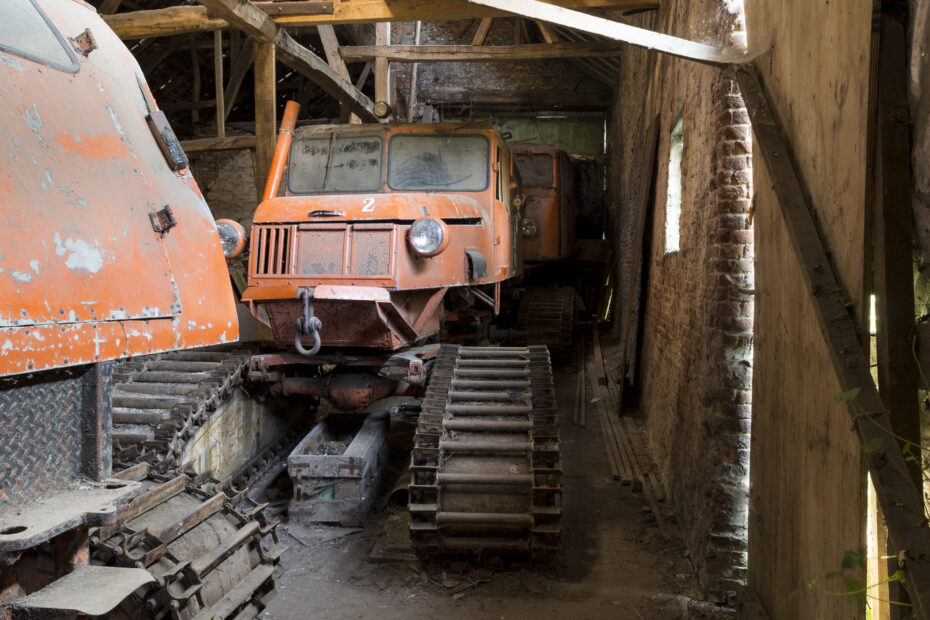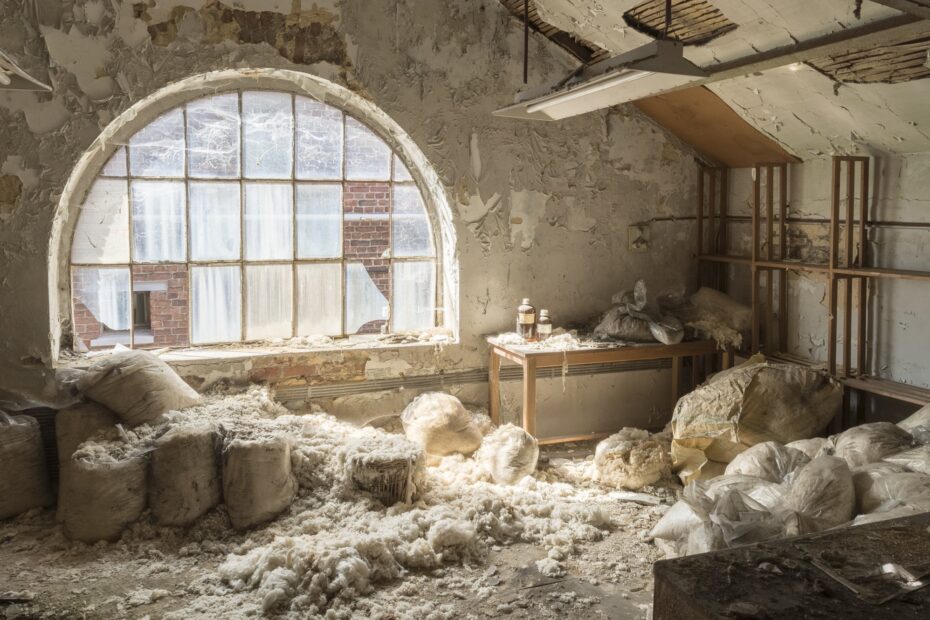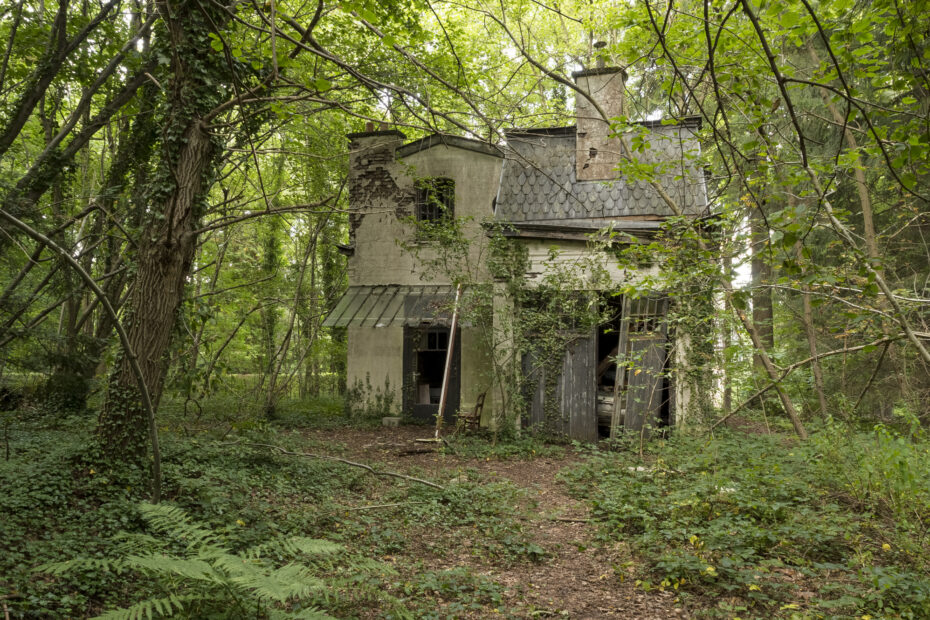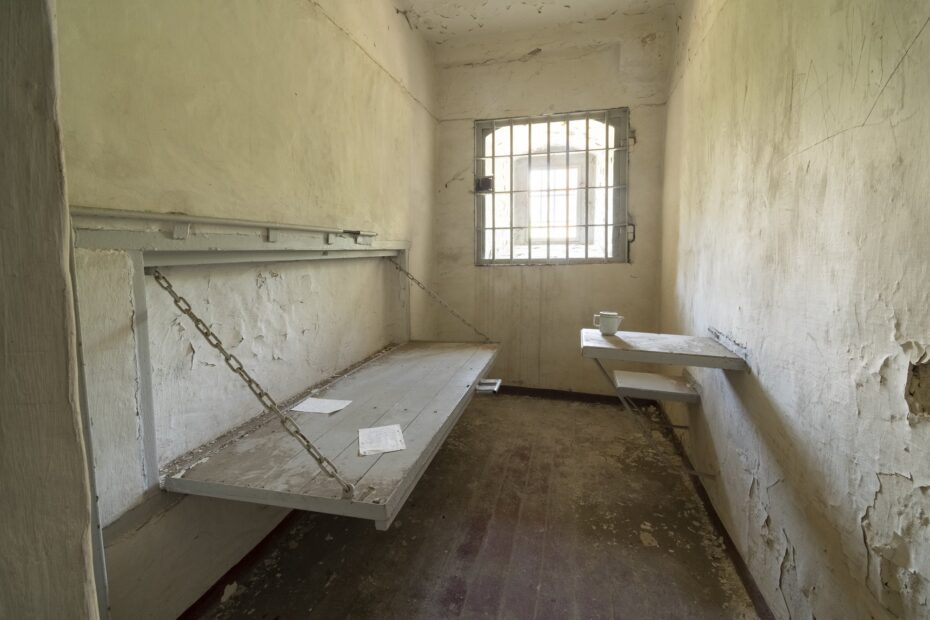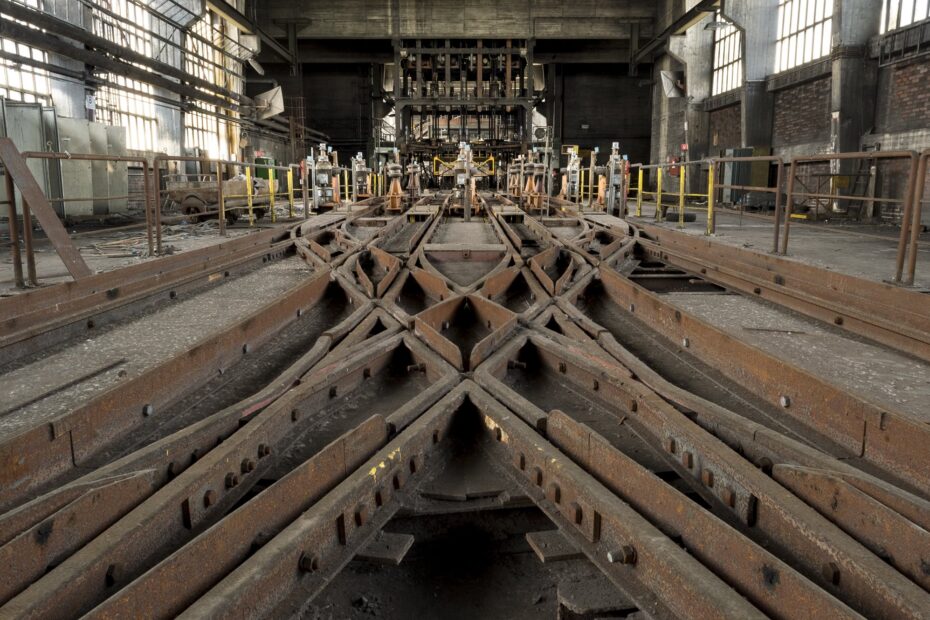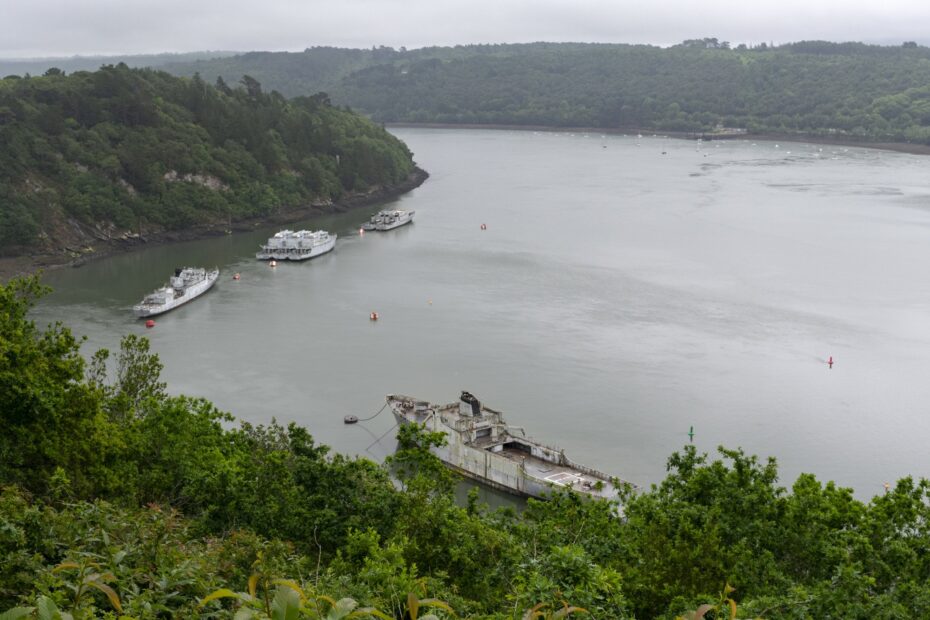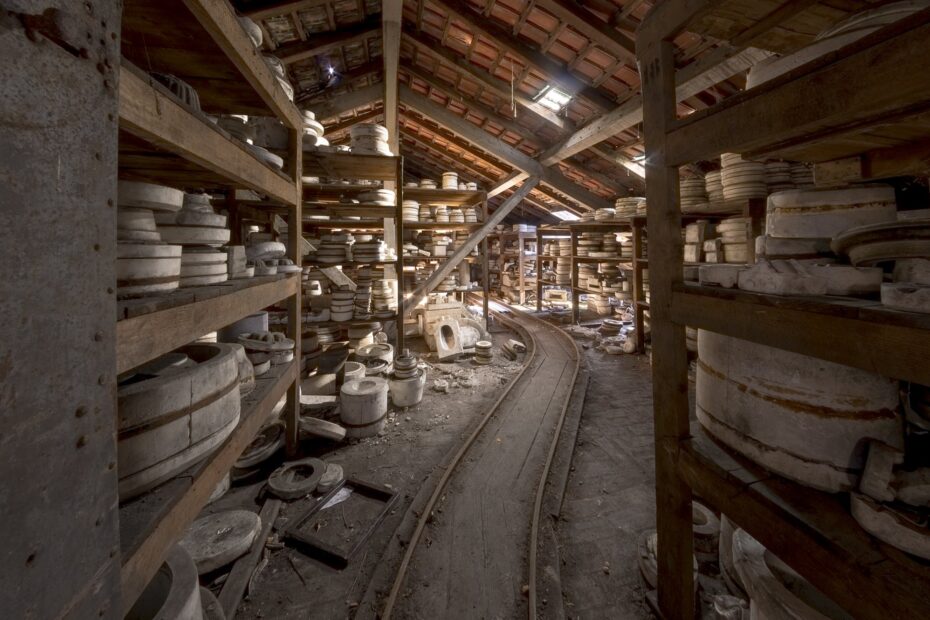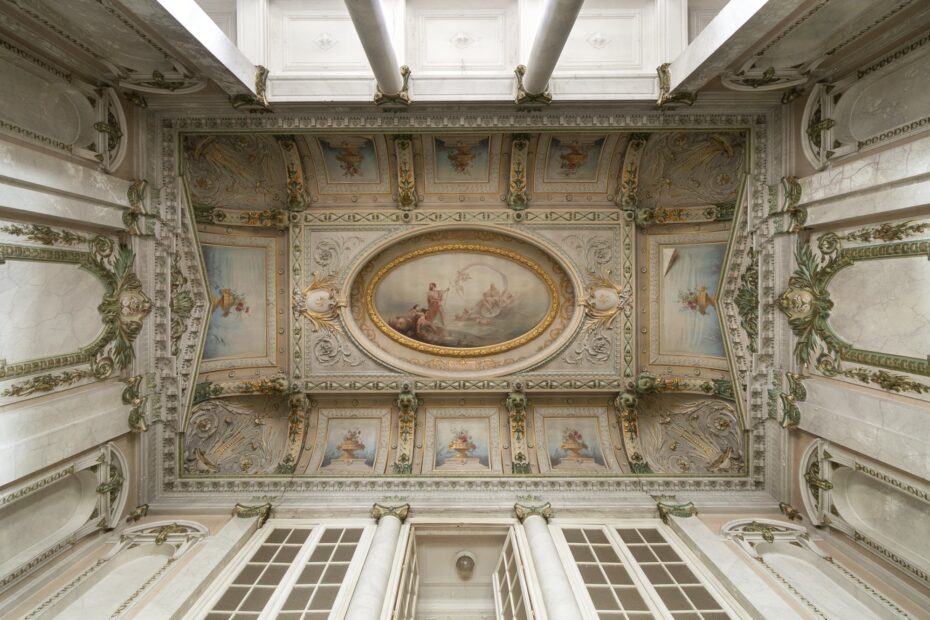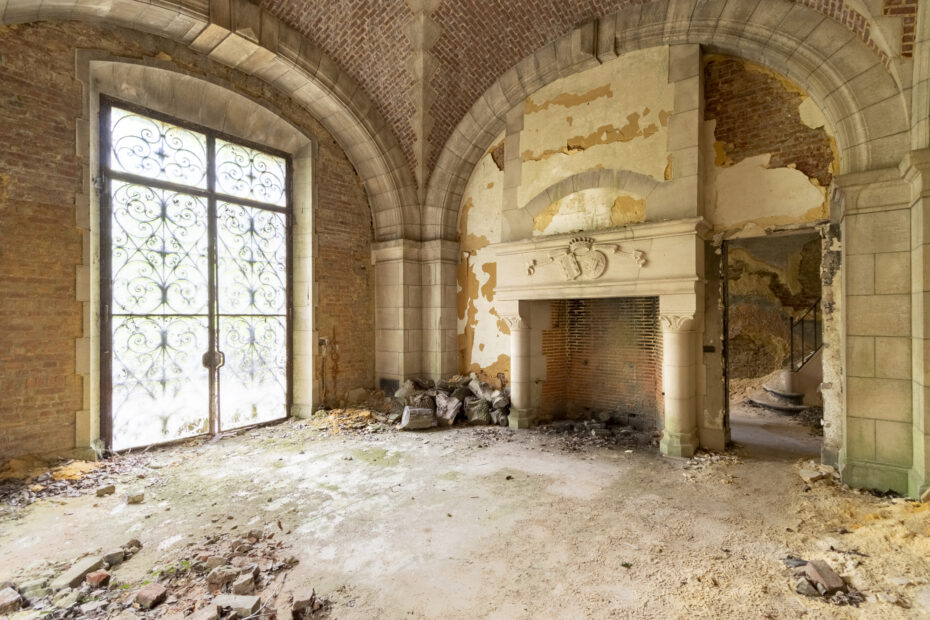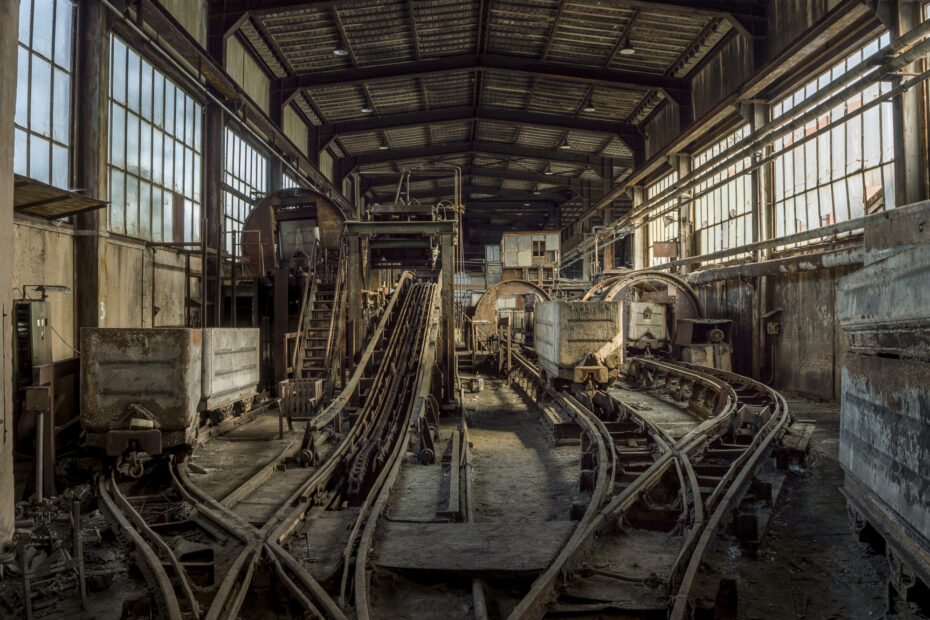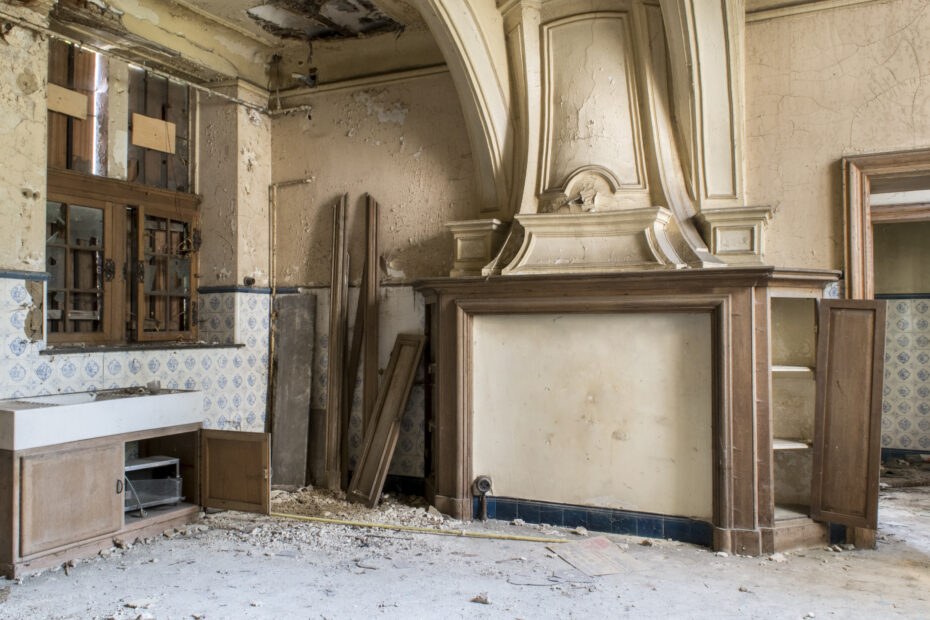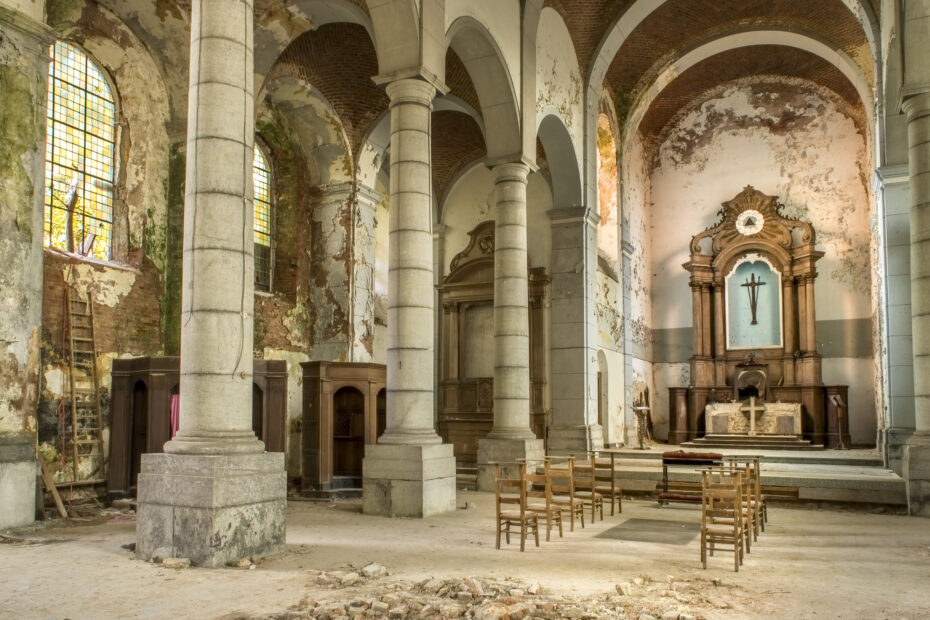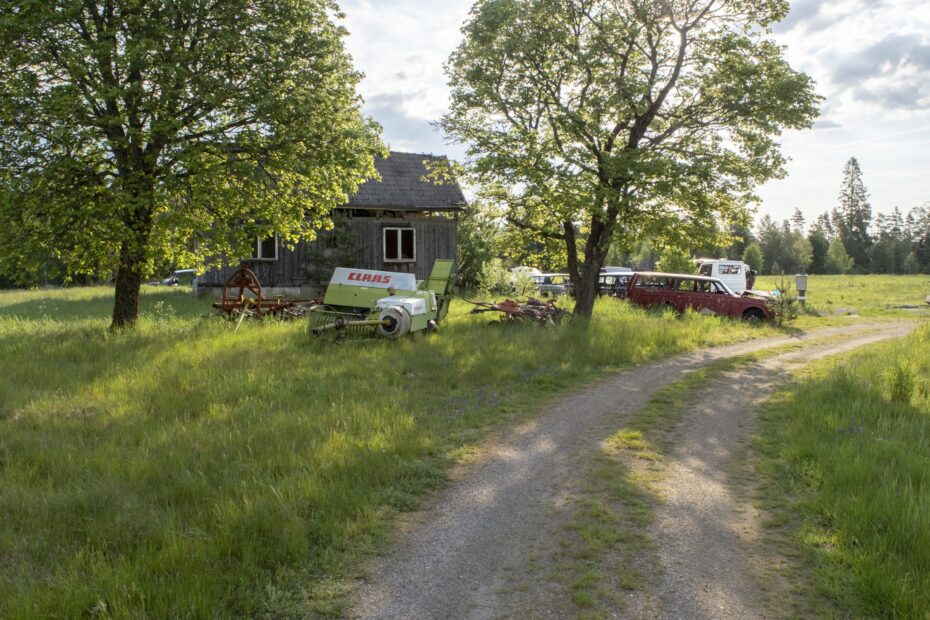Ateliers Centraux
In 1937 the nearby steelmill put these big halls in use. The building was used for their repair workshops, spare parts stock, offices and archives. In the workshop repairs and overhauls were carried out, but they had to build full machinery for the steel mill in here too.
From the 1990’s there was a decline in work at the site and several departments closed. Only the general warehouse, design office and wagon halls were active in 2005. When the last steelmill in the city closed down, the Ateliers Centraux closed its doors as well. Read More
